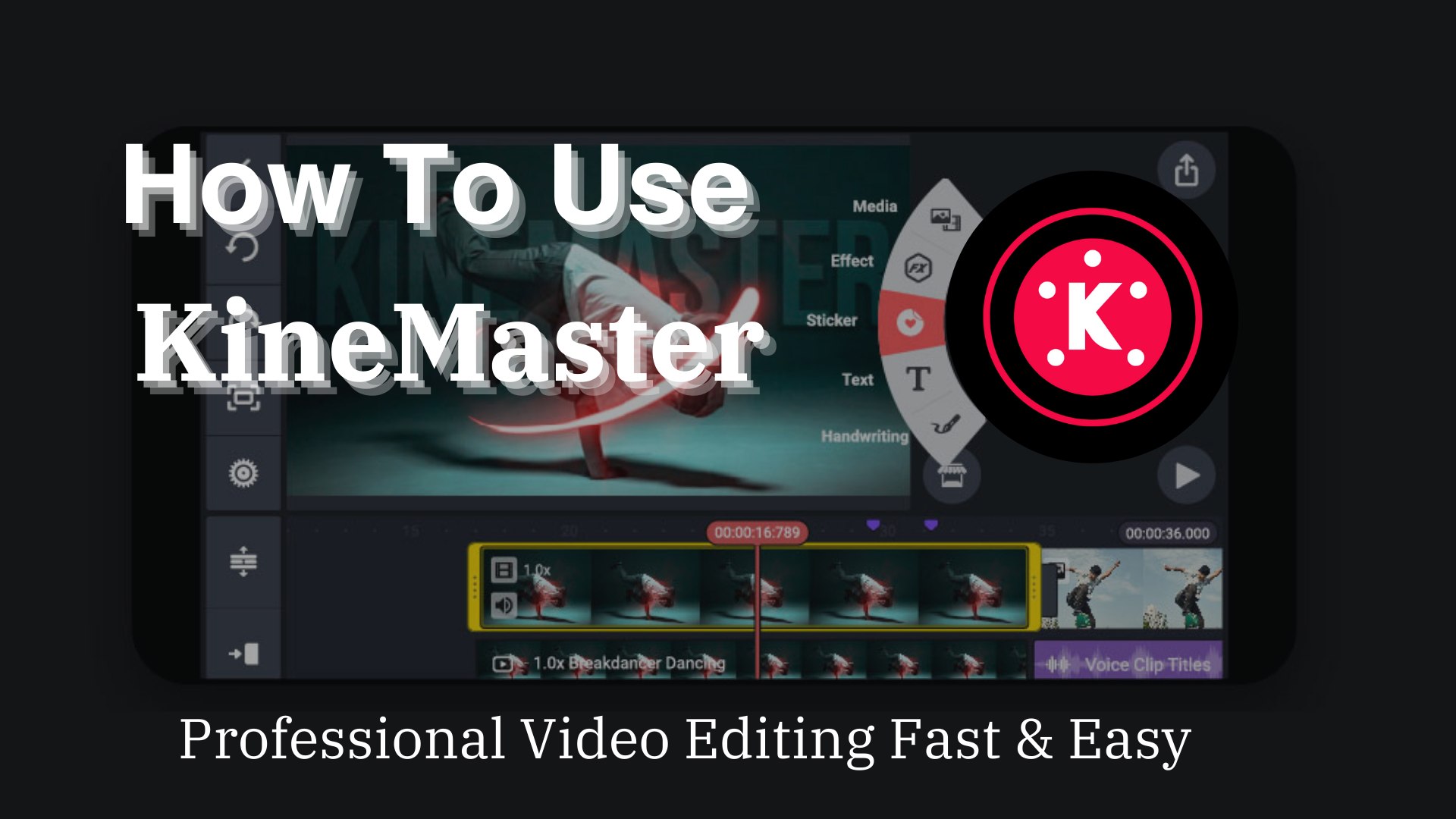How To Use KineMaster

Sequential Instructions
KineMaster is a versatile tool for video editing, suitable for a wide range of users including content creators, social media influencers, educators, businesses, and enthusiasts looking to create professional-quality videos directly from their mobile devices.
Step 1: Download and Install Kinemaster
Step 2: Launch KineMaster
Step 3: Create a New Project
Step 4: Import Media
Step 5: Add Media to the Timeline
Step 6: Edit Media
Step 7: Add Transitions
Step 8: Add Audio
Step 9: Preview and Adjust
Step 10: Save and Export
Step 11: Share your video
That’s a detailed step-by-step guide on how to use Kinemaster to create and edit videos on your mobile device. Remember to explore the app further to discover additional features and tools for enhancing your videos.
